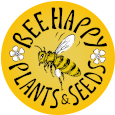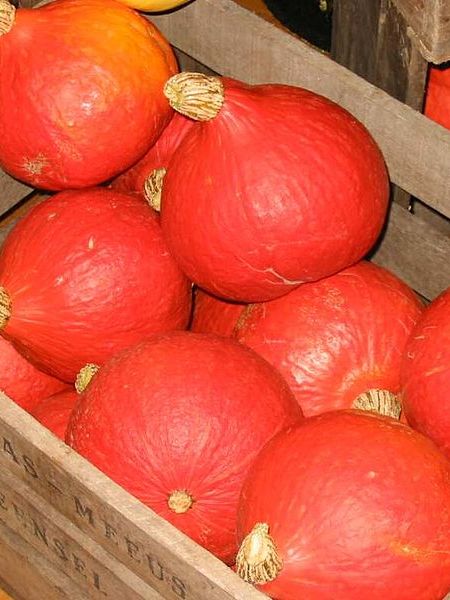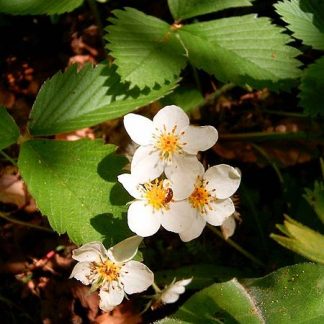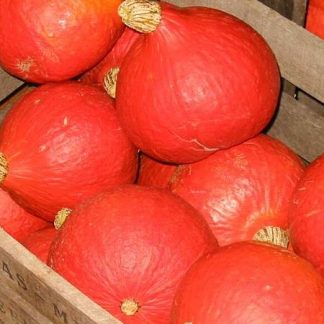Description
Cucurbitaceae(family)
Forage for Pollinators: Produces large amounts of Pollen and Nectar for all bees; Honeybees, Bumblebees and Solitary bees and other pollinators. Honeybees who can make honey from field-scale crops of squash or courgette, are particularly partial to its pollen which is one of the largest pollen grains found in honey. Male flowers produce pollen and nectar, while female flowers produce masses of nectar, with the baby fruit visible at the base of her flower.
Flowering time: July, August, September
Growing information: Open-pollinated variety. Sow into pots (one per pot) in late April or May then transplant when large enough after all danger of frost up to June, to at least 3 feet spacing between plants. Since they like trailing you can let them ramble happy together. They love a really well-prepared soil enriched with plenty of well-rotted manure (ideally placed over their designated patch the previous February), then create a pooling area a 12 inch radius from the stem by building up a ring of earth, so that each time you water, they really get a good long soak. The leaves will effectively smother most weeds, then as fruits are pollinated (if you are saving the seed, only grow one variety of any of the Cucurbitacae genus as they all cross-hybridize quite happily), the fruits will swell in summer, ripening in autumn, so you may need to remove any leaves which shade the fruit from ripening in the sun.





